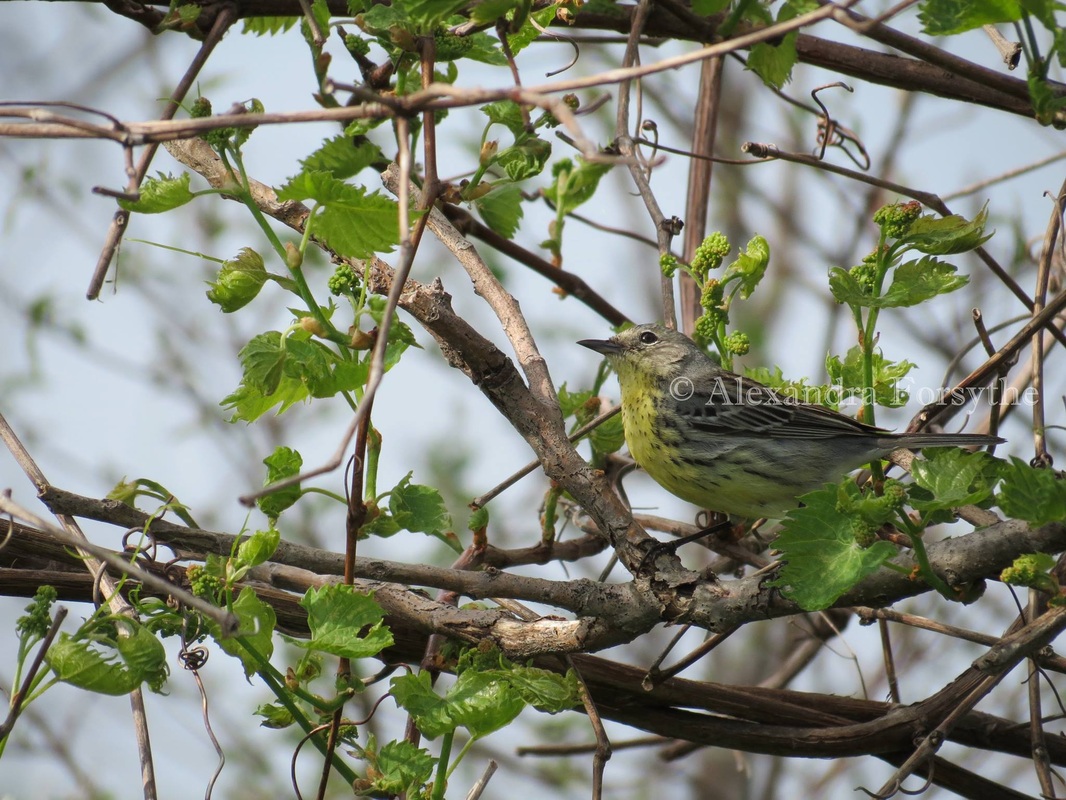
Second, the genetics roughly follow Mendel's infamous but simple pea plant chart (Punnett Square). In simple terms, Mendel noted that pea plants have round peas (R) or wrinkled peas (r), where R and r are two different alleles for a single trait. A heterozygous plant would carry both R and r (Rr). A homozygous plant would carry only RR or rr. If two heterozygous plants are bred, the four resulting offspring would have the following: RR, rr, Rr and Rr.
In the case of the White-throated sparrow, the tan form of the birds is homozygous (WW). The white form of the birds is heterozygous (Ww). The white stripe is inherited as a dominant trait. With this combination of genes, the way in which the different forms choose mates, and the difference in parenting behavior between the two color variations, the result is an approximate 50-50 split in the stripe color. We have approximately an equal number of tan-striped and white-striped birds ("Behavioral Characterization of a White-throated Sparrow Homozygous for the ZAL2m Chromosomal Rearrangement", Horton, et al, 2012).
An interesting side-effect of the difference in coloration is the level of aggression demonstrated by each color of sparrow. The White-throated Sparrows with white stripes are more aggressive than those with tan stripes. The white-striped birds also sing more, but the tan-striped birds are better parents ("Alternative reproductive strategies in the White-throated Sparrow: behavioral and genetic evidence", Tuttle, 2002). The birds are therefore becoming important subjects for scientists who want to determine whether behavior in organisms is tied to physical traits and if so, how and to what extent? It will be interesting to see what their studies suggest.
White-throated Sparrows have also been known to hybridize with Juncos. They look just as you might imagine: a very dark bird with some striping like a sparrow, white throat, and white belly and outer tail feathers of a Junco. One such hybrid was captured in Maryland and studied extensively ("Behavior and Parentage of a White-throated Sparrow x Dark-eyed Junco Hybrid", Jung, et al. 1994). The bird sang a mixed song of a Junco trill followed by the sparrow "peabody" notes and seemed to prefer the company of female White-throated Sparrows over female Juncos.
Next winter, when you're watching your feeders, take a close look at your White-throated Sparrows and take note of their coloration and behavior.









 RSS Feed
RSS Feed
